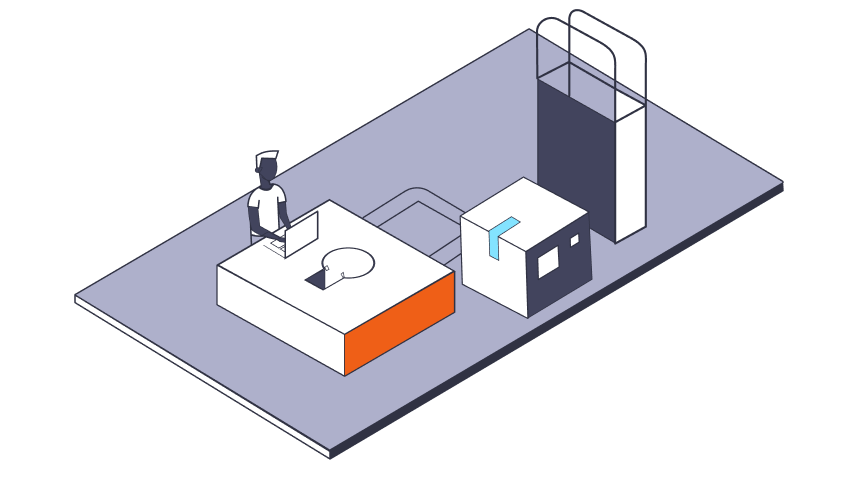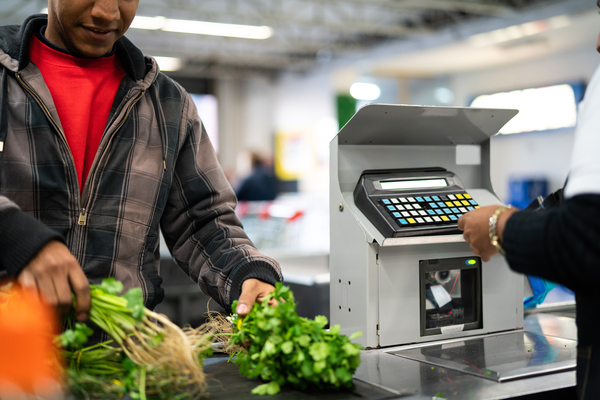Alcohol sales have a different flavor
The South African liquor sector has been dealt a severe blow over the last two years with four globally unprecedented liquor bans over the course of 2020 and 2021. However, the sector has seen a significant rebound, with 30% annual growth in the Alcoholic Beverages supergroup category and 25% growth in the four weeks ending July 8, 2022.
Necessity is the mother of invention, and the trend toward the purchase of longer-lasting bottles of spirits during South Africa’s prohibition era has continued as South Africa’s “new liquor palate” becomes entrenched.
This is evidenced in the latest State of the Retail Nation report with sustained annual sales growth—albeit off a liquor ban base—in categories such as gin (38%), wine (38%), vodka (36%) and whisky (28%). Beer retains its best seller top spot amongst alcohol sales at 22% growth but it’s clear that a new era has dawned within South Africa’s alcohol sector.
Bread continues to rise
In terms of the biggest movers amongst the product categories measured by NielsenIQ, bread value sales have increased by 33% in the latest month with continued acceleration—despite the category’s inflation sitting at 14%.
“This is the third month we have seen a significant rise in bread sales indicating that consumers continue to forgo more expensive protein options in favour of cheaper staples,” said Ged Nooy, NielsenIQ South Africa Managing Director.
This buoyancy in bread sales is also reflected in NielsenIQ’s Top 20 Manufacturer ranking. In terms of the performance of other Top 10 Manufacturers (Including liquor & tobacco), four are seeing strong double-digit growth with only one seeing a decline. Of the top-10 manufacturers (excluding liquor & tobacco) six are seeing double-digit growth and two are seeing declines.
Price pain
Despite these positives, price increases remain an obvious concern with overall basket inflation sitting at 8.1% versus a year ago, calculated across 580 categories, weighted to their size in the basket (NielsenIQ monthly inflation figures are based on the difference between Rand value sales growth vs. unit sales growth—in other words, how much more consumers are spending in terms of rands paid per pack than they were the month before).
The top five products showing the highest levels of inflation are:
- Cooking oil: the latest month’s inflation versus a year ago is at 45%, due to raw material increases. Its value sales have increased by 43% while the number of units sold has decreased by 2% as consumers react to the increased price of a product at the frontline of price increases.
- Frozen chicken has experienced 17% inflation due to avian flu.
- Laundry detergent has experienced 16% inflation, bread 14%, and maize meal 12% all due to raw material increases.
Fewer packs, more price
In the face of cost pressures, consumers are not buying more but are paying more for less. This is reflected by total basket value sales (excluding liquor & tobacco) up by 7.6% but with a very sluggish 1.1% increase in the number of units sold over the same period.
Increased price sensitivity & willingness to switch brands
Adding to NielsenIQ’s analysis of the local market is its latest Shopper Graphics report which reveals interesting broader changes in the in-home consumption and shopping behaviour of South African households. It shows that while there has been a steady increase in value per buyer over the past two years this has not been accompanied by a rise in volume/unit sales – a clear indication of inflationary pressures at play.
It also found that local consumers are shopping less frequently and at fewer retailers, but when they are in-store they are spending more per trip with increased overall basket spend is being driven by LSM 1-4 due to the introduction of social grants.”
Nooy comments; “We have also seen increased price sensitivity across multiple categories, with disloyalty growing when it comes to brand preference versus the cheapest available price. South Africa is already one of the most price sensitive countries in the world so it will be interesting to evaluate the role of promotions, for example, within this new shopping environment.”
Could South Africa be turning an inflation corner?
Looking ahead, Nooy adds, “Overall we predict a plateauing of price increases in the next three months. This view is based on further decreases in the petrol price leading to lower input costs. In addition, as the Reserve Bank continues to increase the cost of credit this will curb the purchasing power of consumers and lead to less demand for products resulting in a reduction in overall inflation over the coming months.
“Unfortunately, the added risk in South Africa is that many of the LSM groups have already cut back so much that they have no more room to manoeuvre. It will therefore be interesting to see the cost coping strategies shoppers employ to counter these constraints,” he concludes.

Navigate the retail landscape in South Africa
Win in retail with actionable insights that help drive growth for your business.
Source
NielsenIQ’s Market Track, the largest retail (grocery) data source in the country and the only currency used by all South Africa’s major retailers.
This benchmark data comprises more than 10 000 branded retail outlets (e.g. supermarkets and garage forecourts) and more than 143 000 independent stores (e.g. Spazas & Taverns) across South Africa’s nine provinces and measures more than 80% of all retail grocery transactions.




